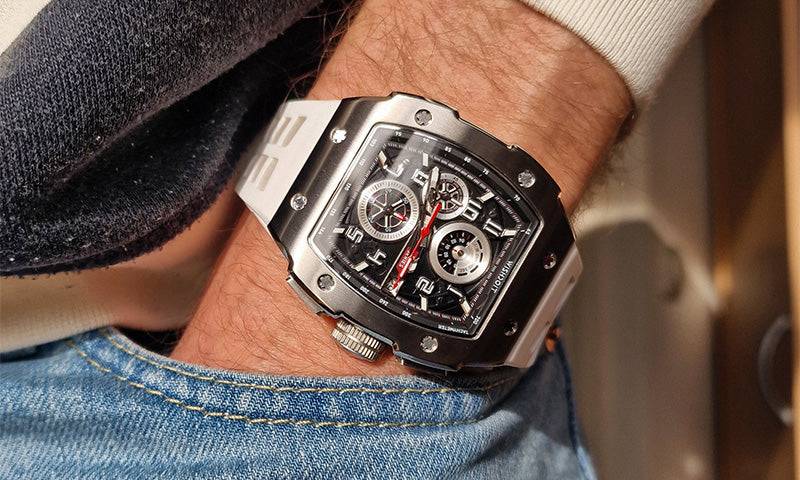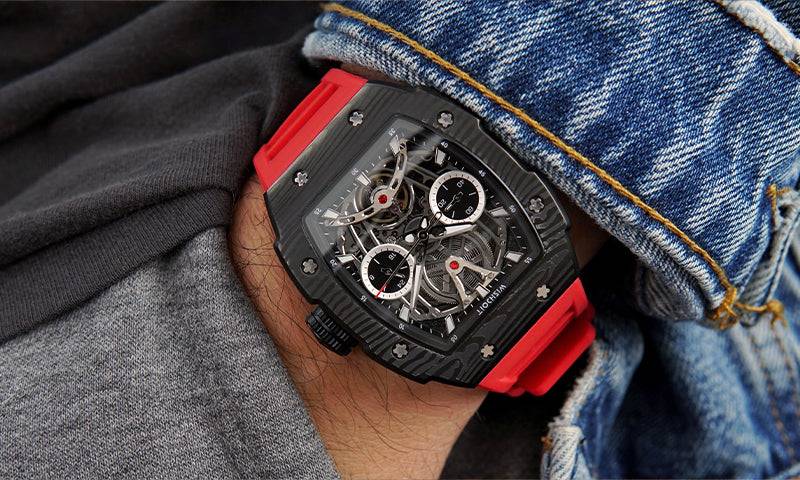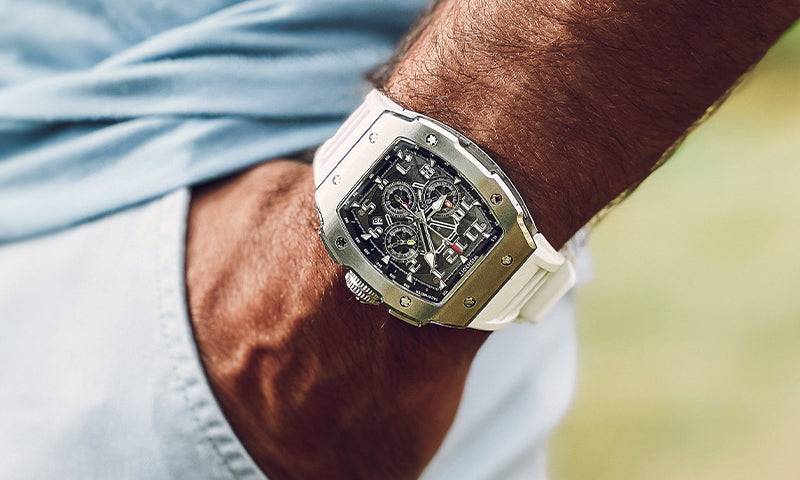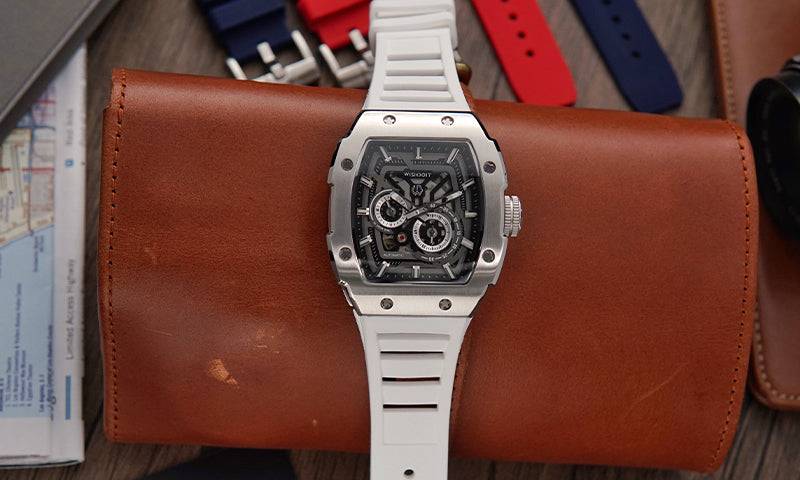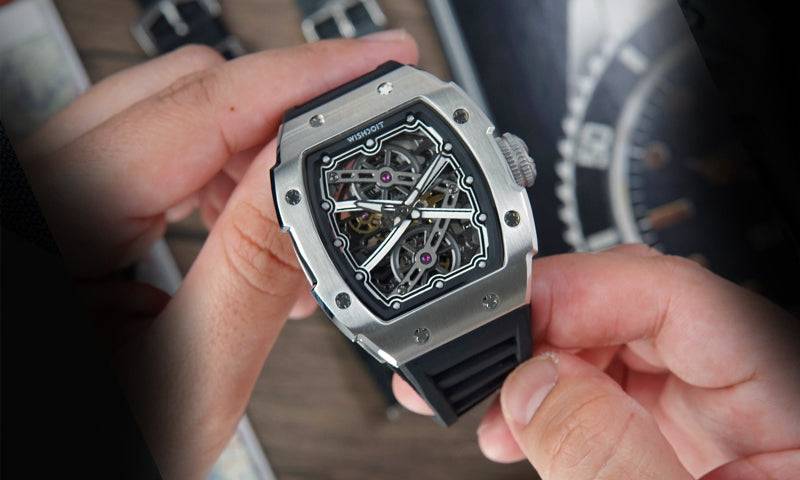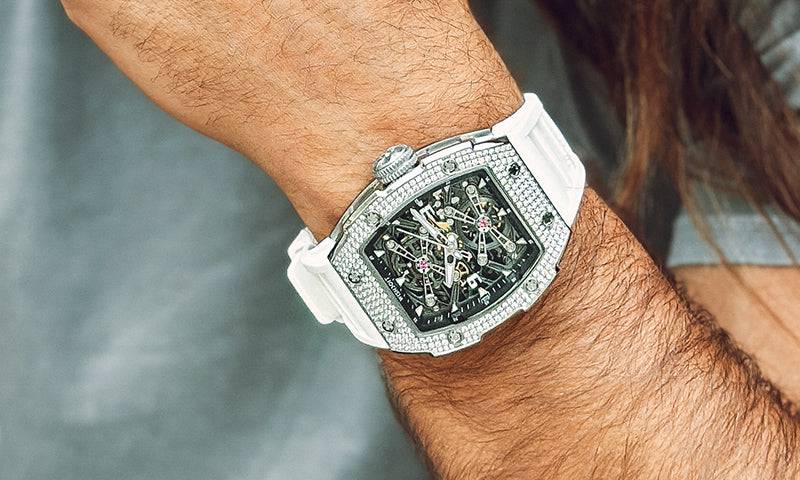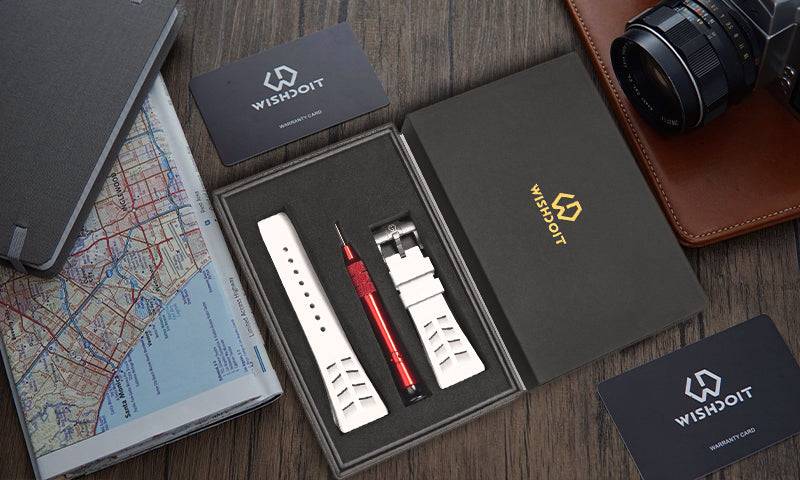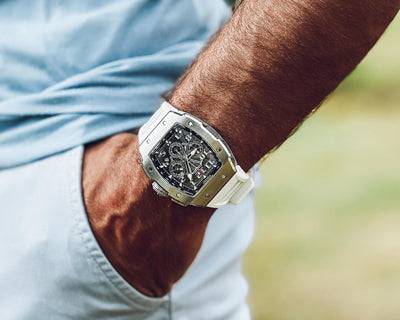Self-winding watches, also known as automatic watches, have become a cherished accessory for watch enthusiasts and style-conscious individuals alike. The convenience of not having to manually wind the watch while enjoying the accuracy and elegance it offers has made self-winding watches highly sought after. But have you ever wondered who invented this ingenious timepiece? Join us on a captivating journey through history as we unveil the brilliant mind behind the invention of the self-winding watch.
The Genesis of Self-Winding Watches:
The invention of the self-winding watch can be attributed to Abraham-Louis Perrelet, a Swiss horologist who lived in the late 18th century. Perrelet was a master watchmaker known for his exceptional craftsmanship and innovative ideas. It was his relentless pursuit of creating timepieces that were both functional and convenient that led him to develop the self-winding mechanism.
The Epiphany:
The spark of inspiration for the self-winding watch struck Perrelet while observing a simple yet profound natural phenomenon. He noticed that the movements of his pocket watch were affected by the motion of his body throughout the day. This observation sparked the idea of harnessing this kinetic energy to power the watch, eliminating the need for manual winding.
The Birth of the Self-Winding Watch:
After several years of relentless experimentation and refinement, Perrelet successfully developed the first self-winding watch. He achieved this feat by incorporating a rotor mechanism into the watch movement. The rotor, powered by the natural motion of the wearer's wrist, would rotate freely, transferring energy to the mainspring and keeping the watch wound.
Perrelet's Invention:
A Game Changer: The invention of the self-winding watch revolutionized the watchmaking industry. It not only freed users from the daily chore of winding their timepieces but also ensured that the watch remained continuously wound, providing optimal accuracy. Perrelet's creation was met with widespread acclaim, and soon, other watchmakers began incorporating the self-winding mechanism into their designs.
Evolution and Popularity:
Over the years, the self-winding watch has undergone significant advancements and improvements. The design and efficiency of the rotor mechanism have been refined, allowing for increased power generation and longer power reserves. Moreover, the self-winding feature has found its place in a wide range of watch styles, from elegant dress watches to rugged sports watches, catering to diverse tastes and preferences.
The Modern Self-Winding Watch:
In the present day, self-winding watches continue to captivate watch enthusiasts and collectors worldwide. The blend of exquisite craftsmanship, intricate movements, and the convenience of automatic winding makes them highly desirable. Luxury watch brands continue to push the boundaries of innovation, incorporating cutting-edge technology, such as advanced winding systems and improved power reserves, ensuring exceptional performance and reliability.
Conclusion:
The invention of the self-winding watch by Abraham-Louis Perrelet marked a significant milestone in the history of horology. His ingenuity and vision laid the foundation for a timepiece that seamlessly combines style, accuracy, and convenience. Today, self-winding watches stand as a testament to the everlasting spirit of innovation in watchmaking. Whether you're a horology enthusiast or simply someone who appreciates exquisite craftsmanship, a self-winding watch is a timeless accessory that adds both elegance and practicality to your wrist.
You’ll also like:
Top 5 Best Everyday Watch Under $500
What Makes a Good Watch? A Guide to Choosing the Right Timepiece




